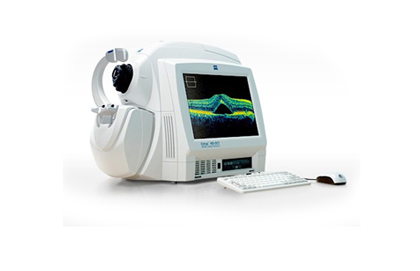
The most recent studies on aspiration thrombectomy failed to show clinical benefit in patients with ST-segment elevation. This study is based on the hypothesis that insufficient removal of thrombus at the culprit lesion might explain the lack of benefit of aspiration thrombectomy.
A total of 109 patients with ST-segment elevation myocardial infarction underwent aspiration thrombectomy. Before stenting, an optical coherence tomography (OCT) was performed to measure the residual thrombus burden.
Patients were divided into tertiles according to thrombus burden, and outcomes were analyzed.
No reflow, defined as TIMI (Thrombolysis In Myocardial Infarction) flow ≤2 and/or myocardial blush ≤1 after stenting, was more frequent in patients in the tertile with the highest thrombus burden, when compared with those in the tertile with the lowest thrombus burden.
[plain]
No reflow
Tertile with the highest thrombus burden: 44.4%
Tertile with the lowest residual thrombus burden: 16.7%
(p = 0,001)
[/plain]
Patients in the tertile with the highest thrombus burden also presented more severe infarction, as measured by creatine kinase MB levels, when compared with those in the tertile with the lowest thrombus burden.
Conclusion
Patients admitted with acute coronary syndrome with ST-segment elevation who present high residual thrombus burden after aspiration thrombectomy have greater myocardial damage and worse microvascular dysfunction than those with lower residual thrombus burden.
Original title: Does Residual Thrombus After Aspiration Thrombectomy Affect the Outcome of Primary PCI in Patients with ST-Segment Elevation Myocardial Infarction? An Optical Coherence Tomography Study.
Reference: Takumi Higuma et al. J Am Coll Cardiol Intv. 2016;9(19):2002-2011.
Subscribe to our weekly newsletter
Get the latest scientific articles on interventional cardiology
We are interested in your opinion. Please, leave your comments, thoughts, questions, etc., below. They will be most welcome.





